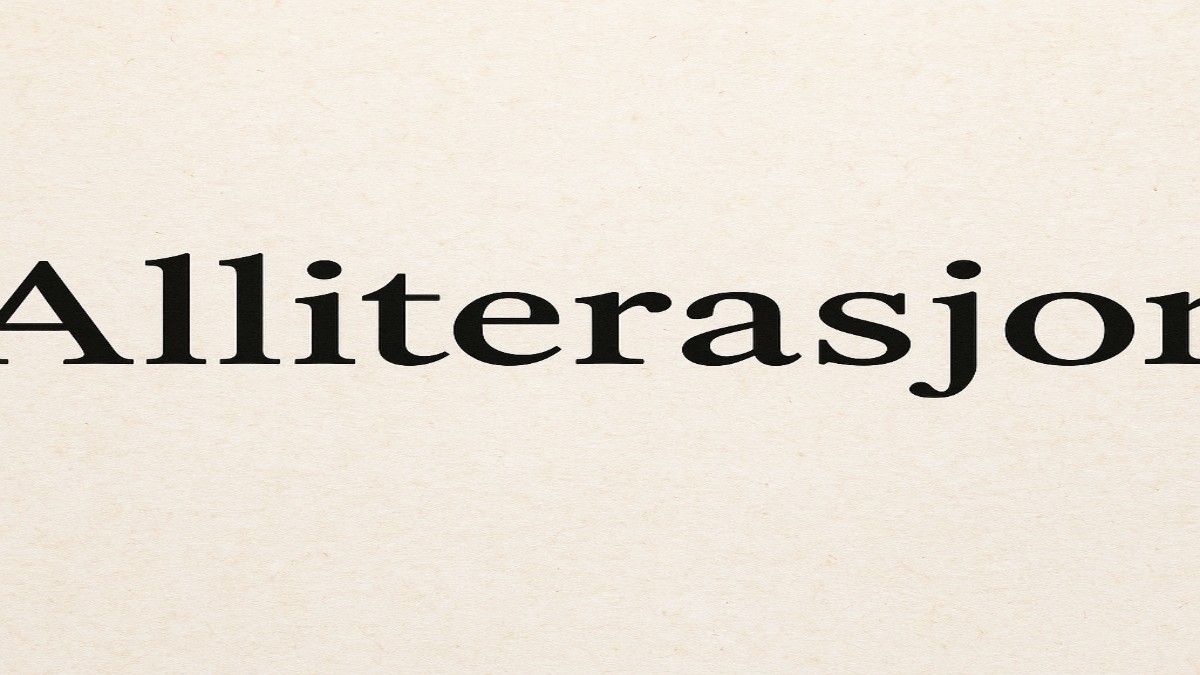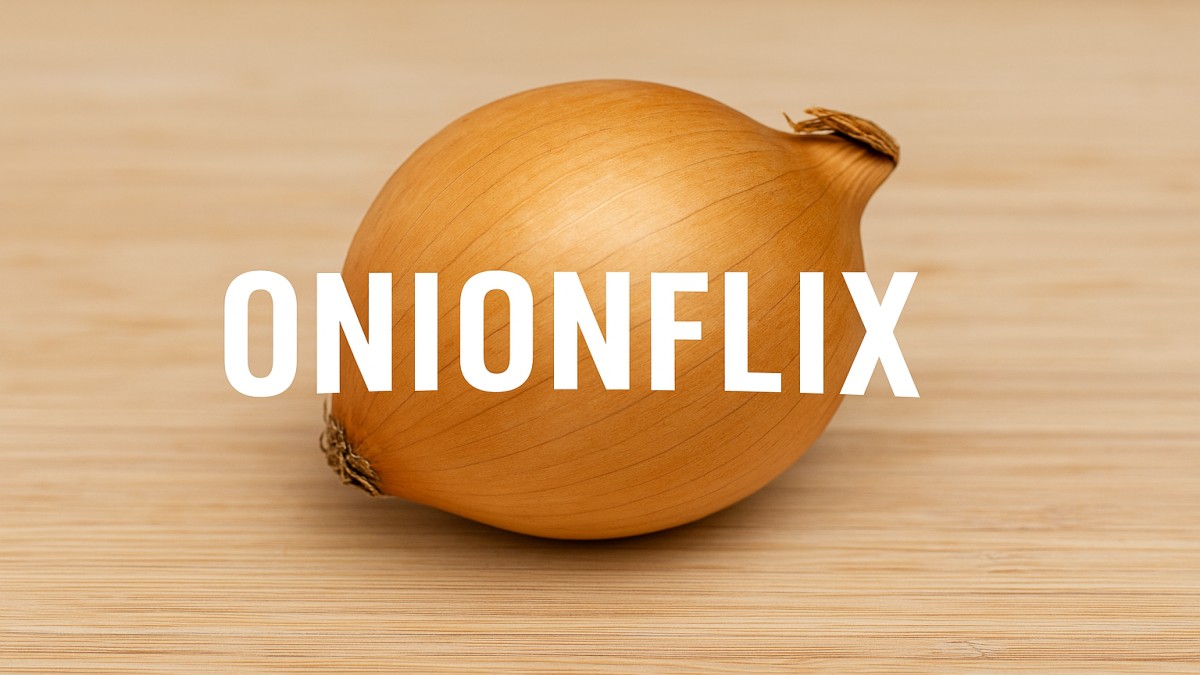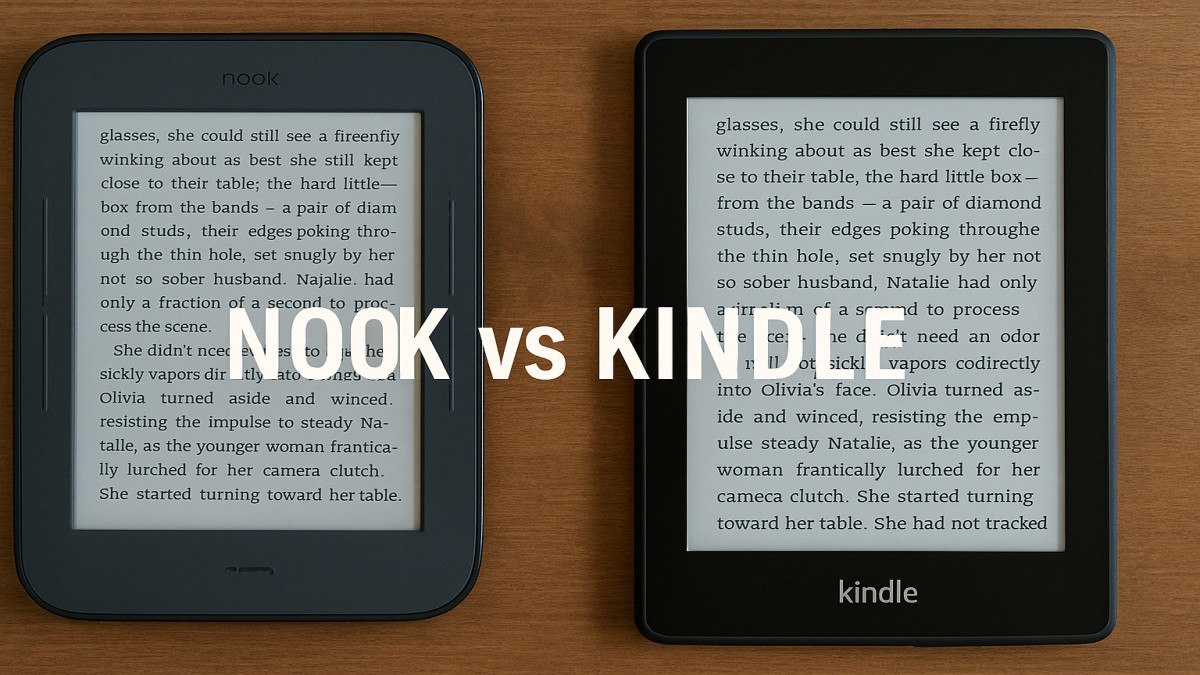education
Alliteration Explained: The Magic of Repeating Sounds in Language

Introduction to Alliteration
Have you ever read a sentence that just sounds satisfying? Something like, “Peter Piper picked a peck of pickled peppers”? That’s alliteration at work and it’s everywhere once you start looking for it. From poetry to product names, this literary device adds rhythm, punch, and style to language. Let’s explore the magic of alliteration.
What Is Alliteration?
Basic Definition
Alliteration is the repetition of the same beginning sound in closely placed words. Most often, it’s the consonant sound that repeats.
Example: Sally sells seashells by the seashore.
Notice how the “s” sound creates a flowing, catchy rhythm? That’s the charm of alliteration.
Quick Examples
- Big brown bear
- Wild and woolly weather
- Mickey Mouse, Donald Duck
These combinations stick in your head and that’s no accident.
The History of Alliteration
Origins in Poetry
Alliteration has roots in some of the oldest poetry known to humanity. Think of Beowulf or Norse epics these relied heavily on repeated sounds to help with storytelling and memorization.
Use in Oral Traditions
Before people wrote stories down, they told them aloud. Alliteration made these tales easier to remember and more enjoyable to hear. Repetition helps rhythm, and rhythm helps memory.
Why Writers Use Alliteration
Creating Rhythm and Flow
Alliteration acts like a musical beat in writing. It guides the reader’s ear and gives language a pleasing cadence. It’s like a song where the chorus comes back it feels familiar and satisfying.
Making Phrases Memorable
Want your words to stick? Repeat a sound. Whether you’re writing a poem, speech, or slogan, alliteration helps make your message memorable.
Common Types of Alliteration
Consonantal Alliteration
This is the most common type repeating consonant sounds. For example:
- Daring dragons danced delightfully.
Vowel Alliteration
It’s rarer, but it happens when the repeated sounds are vowel-based.
- An eager elephant entered early.
Alliteration vs. Other Sound Device
Assonance
This is the repetition of vowel sounds within words, not just at the beginning. Example: “The rain in Spain stays mainly in the plain.”
Consonance
This involves repeating consonant sounds, but not just at the start. Example: “Pitter-patter.”
Rhyme
Rhyme happens at the end of words, while alliteration focuses on the beginning.
Alliteration in Literature
Examples in Classic Poetry
Poets love alliteration. Just look at Shakespeare or Edgar Allan Poe.
Poe’s “The Raven”:
“And the silken sad uncertain rustling of each purple curtain.”
That “s” sound creates a spooky, soft rhythm.
Alliteration in Modern Writing
Writers still use it to add flavor to their work — whether it’s fiction, essays, or even journalism.
Alliteration in Advertising and Branding
Famous Brand Examples
- Coca-Cola
- Dunkin’ Donuts
- PayPal
- Best Buy
Marketers know that repetition makes things stick. Alliteration gives brand names a punch and makes them easier to recall.
Why Marketers Love It
Alliteration adds a sing-song feel that consumers remember. It also conveys emotion and personality in just a few words.
Alliteration in Everyday Speech
Tongue Twisters
Ever tried to say “She sells sea shells by the sea shore” five times fast? That’s alliteration in action — fun, tricky, and often hilarious.
Popular Sayings
- Busy as a bee
- Dead as a doornail
- Right as rain
Alliteration has made these sayings memorable for generations.
Alliteration in Music and Lyrics
Musicians often use alliteration to add bounce and rhythm to lyrics. From The Beatles to Eminem, repeating sounds make songs stick in your head.
Example:
“Whisper words of wisdom” – The Beatles
Conclusion
Alliteration is more than just a poetic trick. It’s a timeless technique that adds rhythm, flair, and memory-boosting power to language. From the earliest tales to modern advertising, it’s been shaping how we speak, write, and remember. Whether you’re a writer, student, marketer, or just someone who loves language, understanding alliteration will help you see and hear the world in a whole new way.
FAQs About Alliteration
Q1: Can alliteration use different letters if the sound is the same?
Yes! “Crazy cat” and “kooky cat” both start with a hard “k” sound they count as alliteration.
Q2: Is alliteration only found in English?
Nope. Many languages use it, but English is particularly rich with alliterative phrases.
Q3: Is alliteration used in business writing?
Sometimes. It can add punch to taglines, headlines, and product names just use it sparingly.
Q4: Can you use alliteration in speeches?
Definitely! Great speakers use it to make their messages resonate and sound polished.
Q5: How can I improve my alliteration skills?
Read poetry, write your own tongue twisters, and practice rewriting sentences to include repeated soun

 entertainment2 months ago
entertainment2 months agoOnionFlix: Everything You Need to Know About This Streaming Website

 others13 hours ago
others13 hours agoNook vs Kindle: Which E-Reader Is Right for You?

 education4 weeks ago
education4 weeks agoHow to Become a Software Engineer: A Complete Guide

 gaming2 months ago
gaming2 months agoMelisandre: The Enigmatic Priestess of Game of Thrones

















